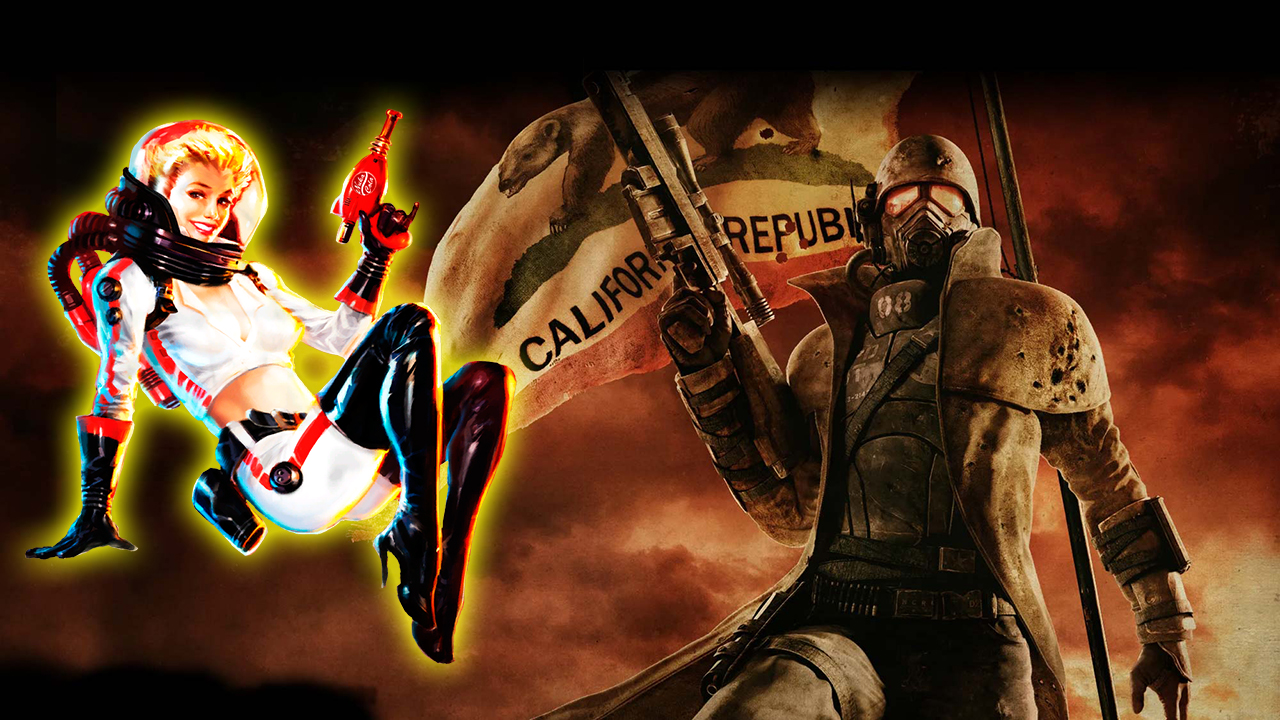
Fallout has been a massive success. While our expectations were high, Bethesda, Kilter Films, Amazon MGM Studios, and everyone else involved managed to massively exceed them. The show has been renewed for season 2 following record-breaking viewership numbers at Amazon Prime Video, and we're going to the legendary New Vegas and the Mojave Desert next time.
The show's story takes place more than 200 years after the Great War of 2077, in which humanity almost wiped itself out. In the year 2296, a young woman named Lucy leaves the safety of her vault to venture out into the irradiated surface — more populated than she ever expected — to find her father, who's been kidnapped by raiders that somehow broke into Vault 33. This plotline means that the T.V. series is a follow-up, at least chronologically, to all the Fallout games released so far.
Spoilers ahead for Fallout season 1 and the Fallout: New Vegas video game
While the entire Fallout video game series is centered on what happens after the nuclear apocalypse, with the first chronological game taking place in 2102 and the last in 2287, there's a recurring fascination with outer space and the advancements in space exploration that happened before the Great War of 2077.
Prior to the show's release, we already talked about some of the game series' biggest nods and connections to the final frontier in our piece on Fallout and the Space Age. Now, as we march towards New Vegas, we've got a more specific wishlist when it comes to space-related elements and callbacks to the fantastic 2010 game.
The final scenes of season 1 show Los Angeles being powered once again thanks to a fusion reactor. Lucy teams up with the Ghoul to find Vault-Tec's leaders (who likely are either cryogenically stored or hidden inside a vault), Maximus becomes a Knight of the Brotherhood of Steel, and Hank (Lucy's father) flees to what's left of New Vegas after being exposed as the man responsible for the nuclear bombing of Shady Sands (the New California Republic's main attempt at rebuilding civilization) years before.
The fate of the Bright Brotherhood
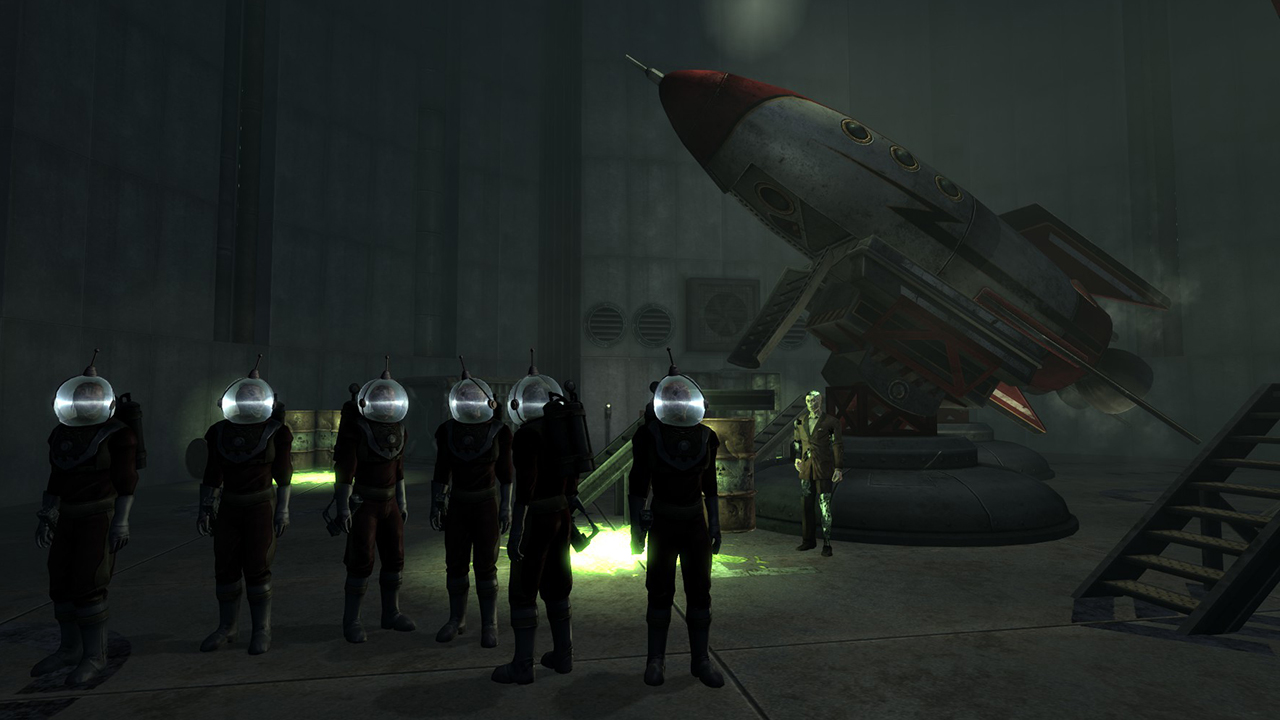
There are some points from our aforementioned Fallout and the space age article that are worth bringing up again now that they could potentially be referenced in the series, such as the journey to 'the Far Beyond' that Jason Bright and his Bright Brotherhood believed in.
'Come Fly With Me' is one of the most memorable side quests in Fallout: New Vegas, thanks to its zany premise: a bunch of ghouls that are mentally sound – much like the Ghoul in the series – want to use REPCONN rockets found in an abandoned test site facility in the Mojave Desert to embark on 'the Great Journey' and essentially go to space. Their plans beyond doing so aren't explained, but the logical assumption here is that it's more of a religious thing for them (aka they're not going to survive the journey).
Decision-making is a big element of RPGs, and Fallout: New Vegas is one of the best when it comes to weighty decisions and alternative paths to completing side quests. In the case of 'Come Fly With Me,' the likely outcome is that players will help Bright and his people blast off, as the residents of the nearby town of Novac want them gone. It's unlikely that Fallout season 2 will have some of the main characters getting involved with the people of Novac (there are bigger fish to fry), but we wouldn't rule out a short visit to either Novac or the REPCONN test site, plus a reference to the Brotherhood's ultimate fate.
Captain Cosmos media
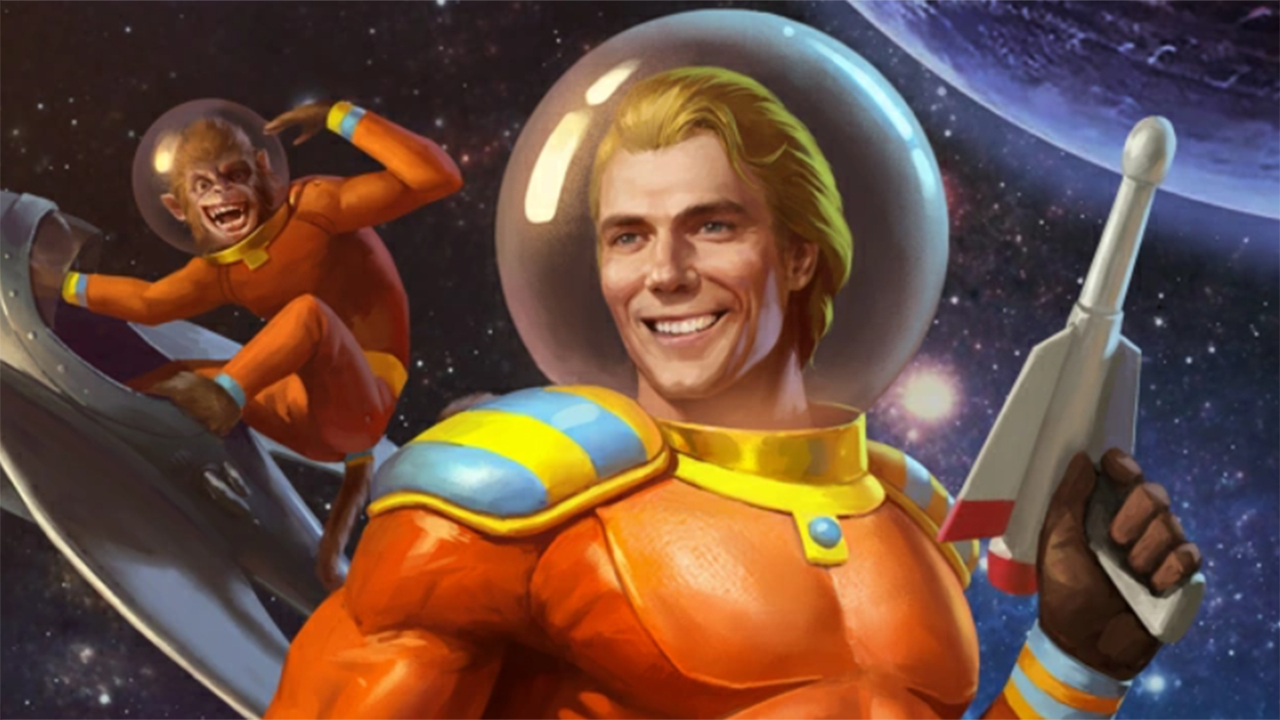
Captain Cosmos was a pre-War multimedia entertainment franchise heavily featured through in-game items and references in Fallout 3, Fallout: New Vegas, Fallout 4, and Fallout 76. Eventually, the titular character also became playable in the off-beat Fallout Shelter spinoff game. The franchise was envisioned as a throwback to the real-life pulp magazines and cartoons of the mid-20th century. The roster of main characters includes Captain Cosmos, Jangles the Moon Monkey, Stella Skyfire, and Doctor Zorbo, among others.
To our knowledge, the Captain Cosmos franchise wasn't referenced in season 1 of the Prime Video show, but since it takes place in the games' continuity — and it had a radio series, a T.V. program, at least two board games, a handful of video games, and a huge ongoing comic book series — we might get a nod sooner rather than later, especially as the characters come across more populated areas.
Another option is that we may not be done with extensive pre-War flashbacks yet, and those are a golden opportunity to flesh out the late American golden age depicted before the bombs fell in 2077.
Aliens in the Mojave Desert
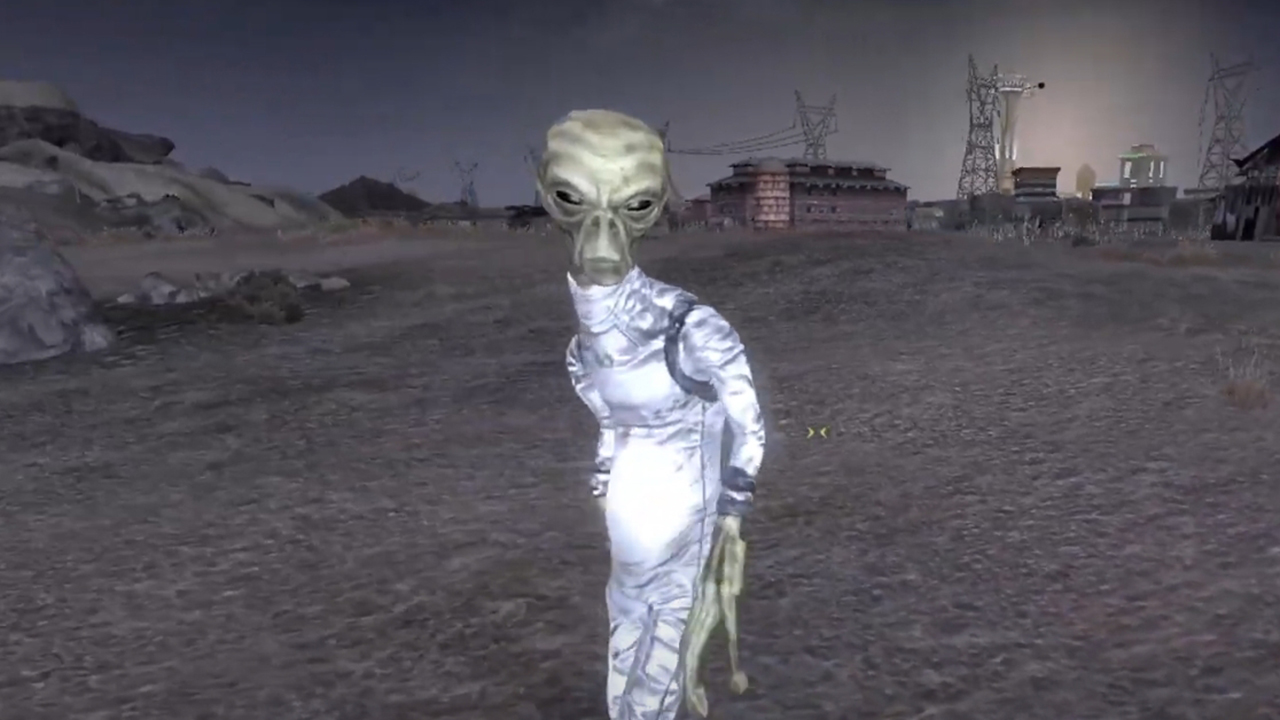
Extraterrestrial visitors are confirmed to be real in the Fallout universe and are much more than simple Easter eggs. The Zetans were fully introduced in the Fallout 3 DLC Mothership Zeta and have gradually become a bigger part of the Fallout mythos. In fact, some of Fallout 76's lore dumps indicate that Zetans were already operating in pre-War Appalachia and other locations across the U.S. With mankind now in such a weakened state, it seems clear that their plans never were to invade Earth.
Obviously, and like many other key elements of the Fallout universe, the Zetans are based on popular culture. In this case, the reference was the 'gray aliens' commonly referred to as Zeta Reticulans by those who believe in them. While their moment of glory was the Mothership Zeta DLC, they also have a smaller presence in some of the latter games. In fact, New Vegas featured a small group of aliens and a crashed recon craft that the player could come across if they had the 'Wild Wasteland' trait active.
While Zetans aren't strictly linked to New Vegas, and their presence in the 2010 game is little more than a cameo, the Fallout series is telling its own story and knows the value of throwing in small references. It even mimics the games' approach to having the main characters get sidetracked by the most unexpected events. What's more unexpected than coming across visitors from outer space? Even if it's just a small wink, acknowledging or teasing the Zetans would make fans smile and confuse the hell out of casual viewers in a fun way.
The ARCHIMEDES II satellite
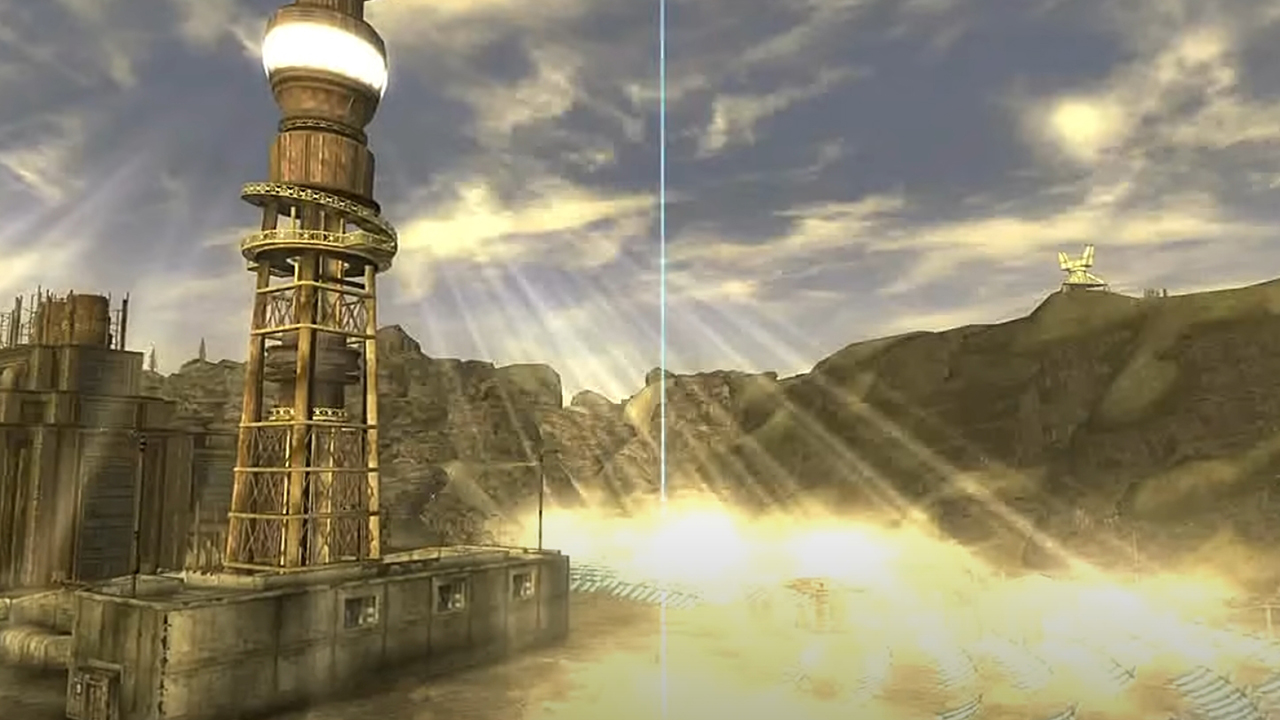
Fallout: New Vegas also raised the question (and answered it) of what happened to all the satellites in orbit after the Great War ended, covering the role they played when defense systems were still up and running. On top of the communication satellites that humanity had developed for over a century, the United States government definitely had access to an energy-based artillery satellite.
The ARCHIMEDES II satellite appears only in Fallout: New Vegas and can be used by the player (with the help of Euclid's C-Finder) to launch a 'blue laser beam' from the sky that causes massive damage. Acquiring the C-Finder and powering up the satellite is possible after diverting power to the HELIOS One solar power plant and R&D facility. Based on the infamous Archimedes 'heat ray', the satellite uses the energy collected by HELIOS One (transferred up to space through the use of lasers) and can launch an attack once every 24 hours.
While the HELIOS One facility isn't part of the main New Vegas questline, it's still one of the game's most recognizable and important locations. With Hank likely plotting his next destructive move against those trying to stop Vault-Tec's plans, and angry that Los Angeles is getting access to electrical power once again, we wouldn't be surprised if the satellite came up again as a dangerous weapon that could fall into the wrong hands.
Mr. House's space colonization plans
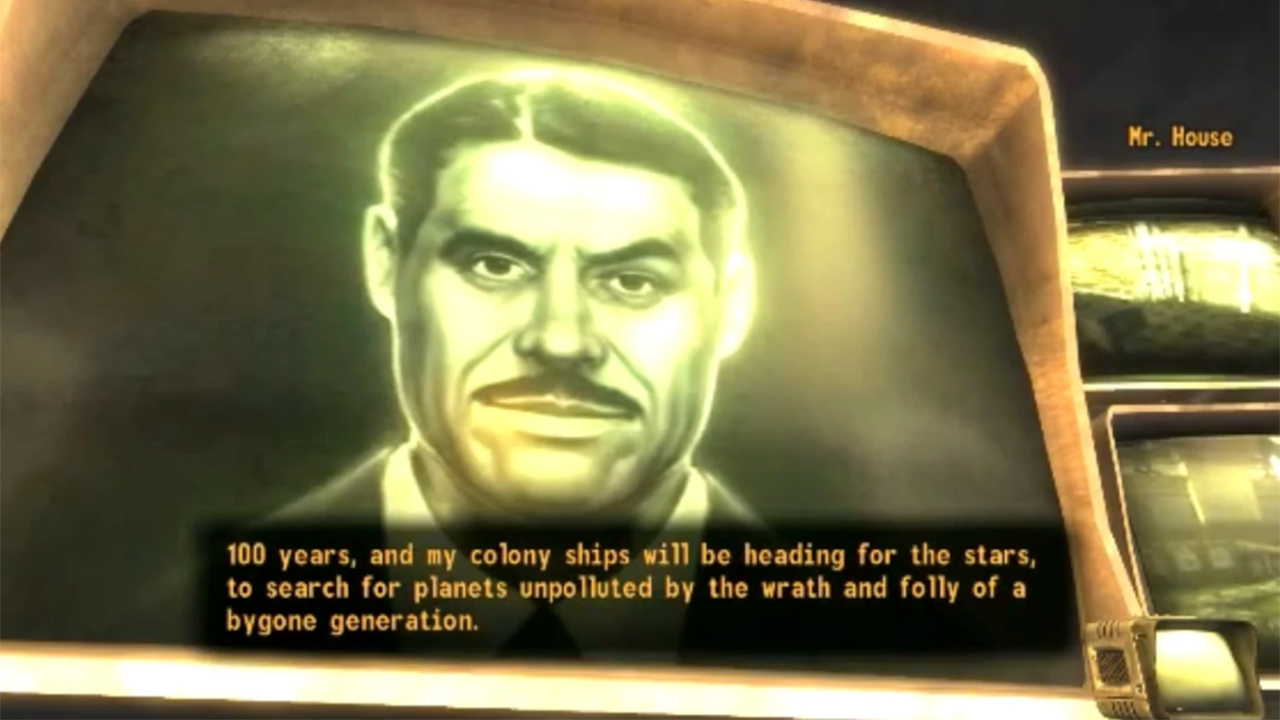
An overlooked piece of dialogue in Fallout: New Vegas comes from Mr. House's ramblings about what he's done and what he plans to do to save New Vegas from the apocalypse. He reveals that his endgame was to get his people into space within 50 years, and to launch colony ships 'heading for the stars' within a century. While he's trying to preserve bits of the pre-War world, he's given up on Earth when looking at the future.
Mr. House (previously Robert Edwin House) is the enigmatic ruler of New Vegas when the game starts, and players soon learn he's the founder, president, and CEO of RobCo industries. He had a vision to save the city of Las Vegas thanks to his prior knowledge of the nukes that would be launched, a laser defense network, and an army of securitrons (security robots). Without getting into further details, the plot of Fallout: New Vegas deals directly with a chip which contains a vital OS upgrade for his defense network and automated security forces, and there are many possible outcomes.
The kicker is that Mr. House also managed to be 'alive' two centuries into the future by enhancing his mortal body, connecting it to a life-support machine, and wiring his brain directly into the city's network and a giant supercomputer. Since he's already been set up in season 1 of the show (we do see him in one flashback) and the 'Mr. House ending' of the game could be made canon, Hank could potentially meet him in New Vegas and establish an alliance. Even if that isn't the case, exploring his 'space colonization' plans would be a fun little detour from the irradiated wastelands.
Want more Fallout in space? Private companies taking control of outer space and rampant capitalism 'infecting' countless alien worlds is the backbone of The Outer Worlds, Obsidian's (the studio behind Fallout: New Vegas) take on RPGs set in outer space. While the first game drew plenty of inspiration from New Vegas, it's set in an all-new universe that will be further expanded when The Outer Worlds 2, one of our most anticipated upcoming space games, finally arrives.





!["[T]he First and Fifth Amendments Require ICE to Provide Information About the Whereabouts of a Detained Person"](https://images.inkl.com/s3/publisher/cover/212/reason-cover.png?w=600)

